AARP Hearing Center


You’ve worked hard to achieve or approach financial independence. But there are always risks and, according to the Center for Retirement Research at Boston College, here are the five largest risks we face in retirement, as described by the center in order of how it views the greatest risks.
- Longevity risk: Living longer than expected and exhausting one’s resources.
- Market risk: Since most people now save through 401(k) plans, retirees face the risk associated with market volatility. They also face risks in the housing market, because few downsize after retirement.
- Health risk: Retirees also may have unexpected medical expenses and long-term care needs. Out-of-pocket expenses rise quickly with age, and health costs in retirement have increased substantially over the past few decades.
- Family risk: This risk, which has received increasing attention, includes divorce, death of a spouse, and adult children becoming ill or unemployed. This risk might be harder to manage than the longevity, market, and health risks, because it could have an effect over a longer period of time.
- Policy risk: Social Security is the primary income source for most retirees, and the program’s trust fund reserves are projected to be depleted in 2033. Therefore, without any policy changes, everyone would experience a 20 percent benefit reduction after that point.
Mitigating these risks
Much as I wish I knew how to eliminate these risks; all I can do is offer some thoughts on how to reduce them.
These risks, of course, can build on each other. For example, we could have a very long life on top of a market plunge.
So here are some things you can do today to manage these risks.
First, and most obvious, is that the best way to protect from running out of money is to spend less. While you should enjoy the money you’ve worked so hard for, the cost of running out of money is higher than the cost of dying with some.



























































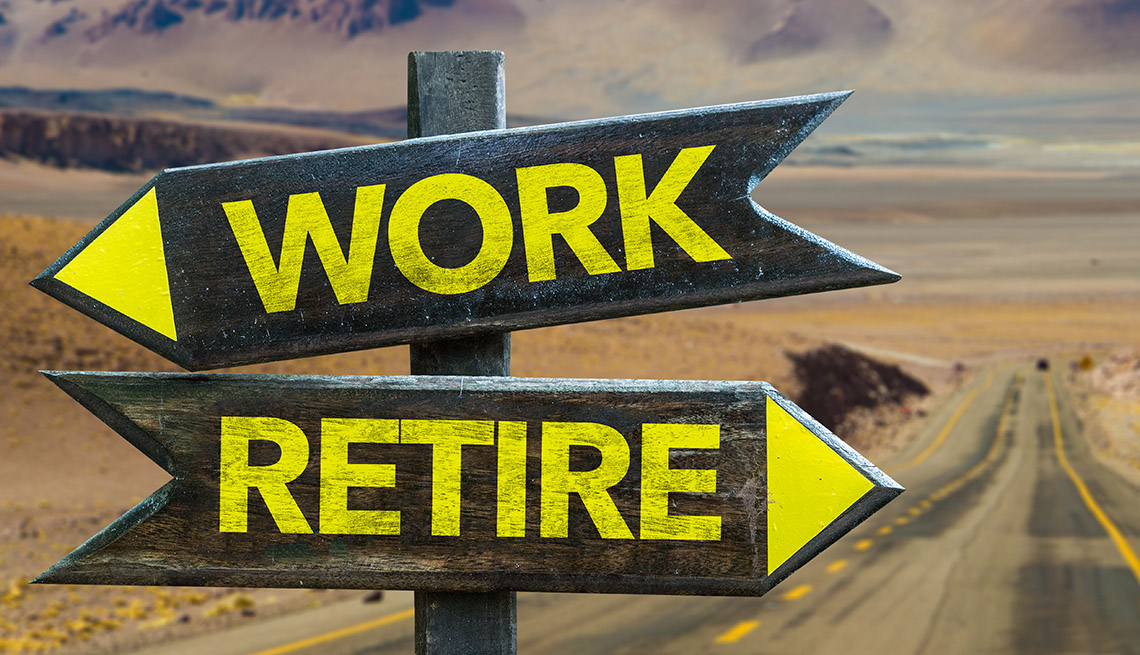

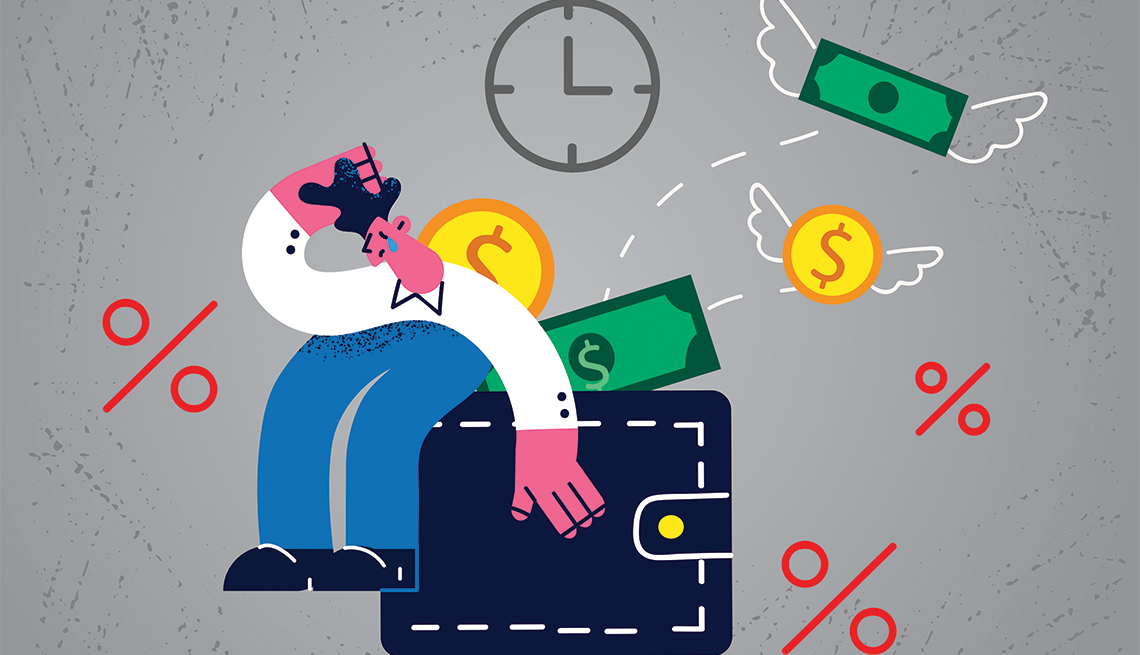

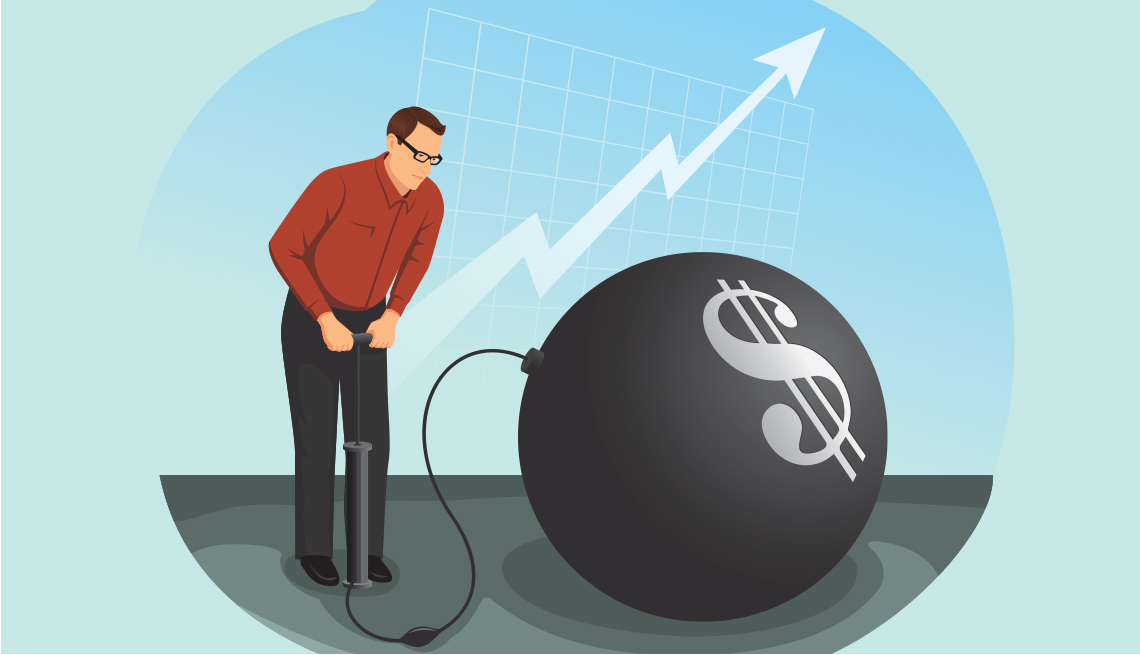
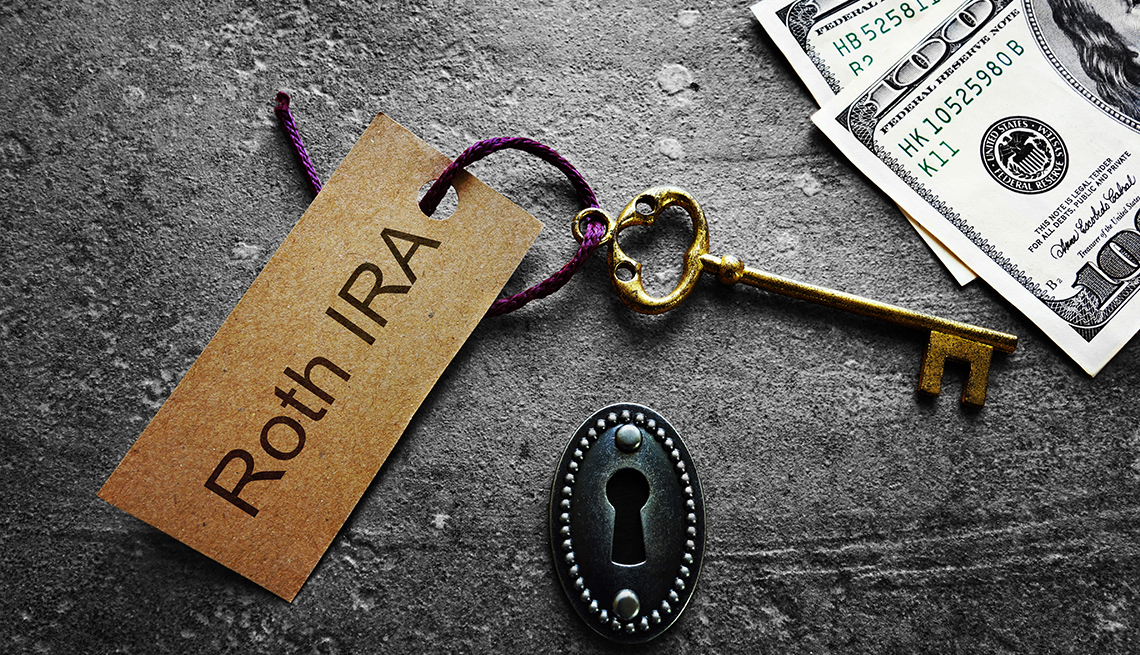
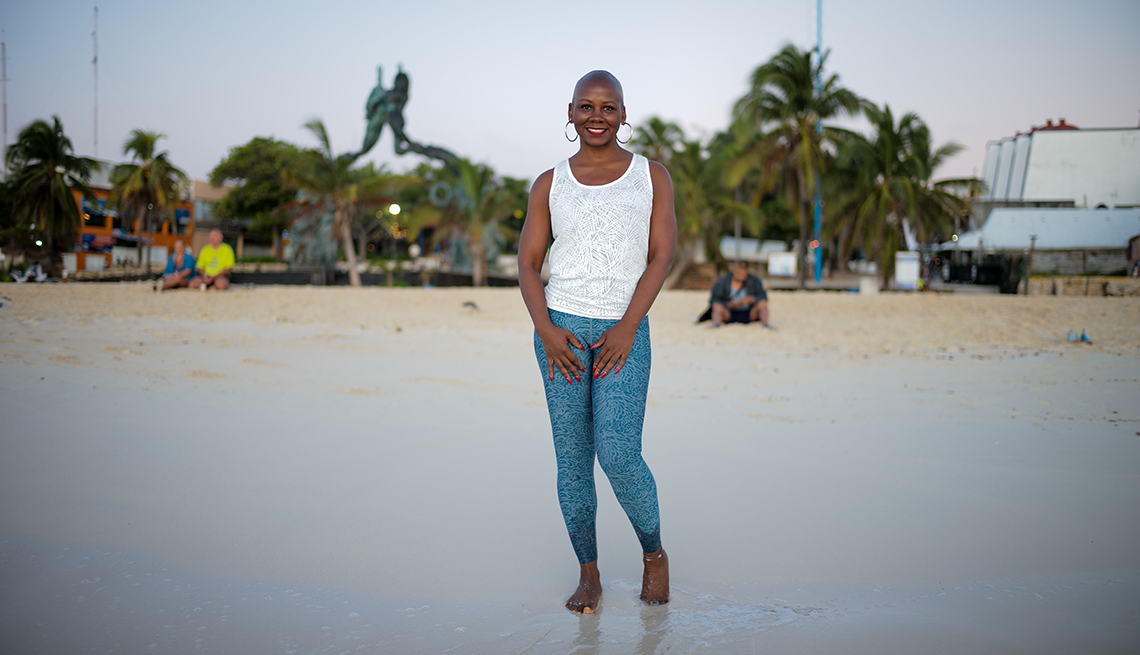


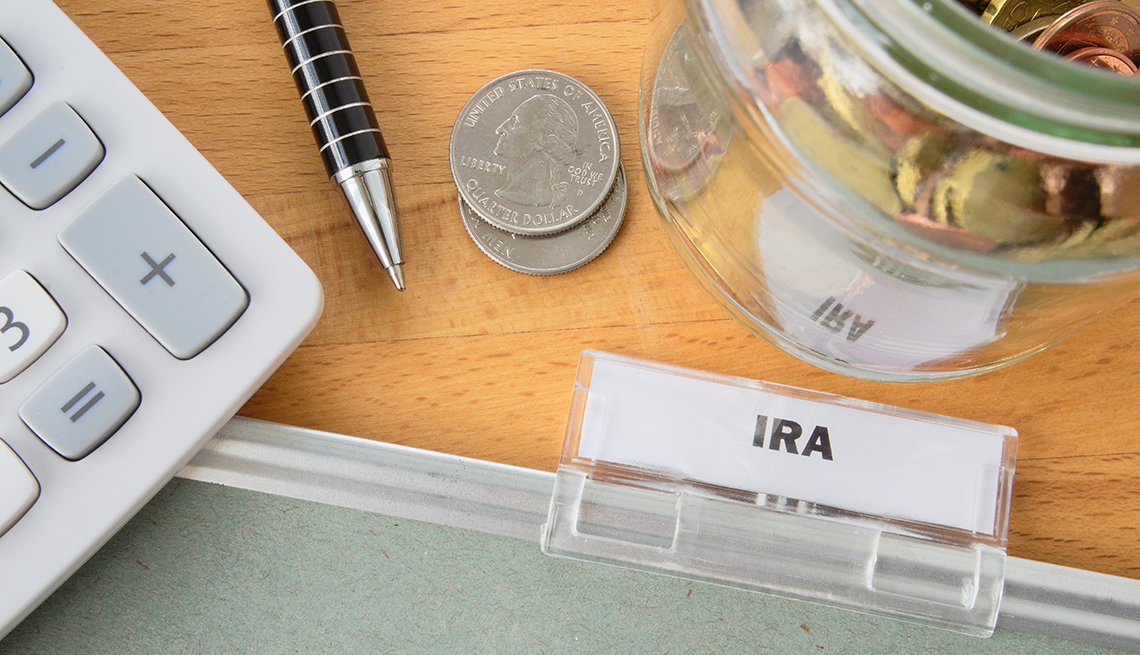














More From AARP
Student Loan Payments Restart Oct. 1
Check out your repayment options nowA Lucky Person's Guide to Lottery Payouts
Lots of decisions for lucky Powerball winner
Why Americans Are So Pessimistic About Retirement
Inflation, state of Social Security among fear factors